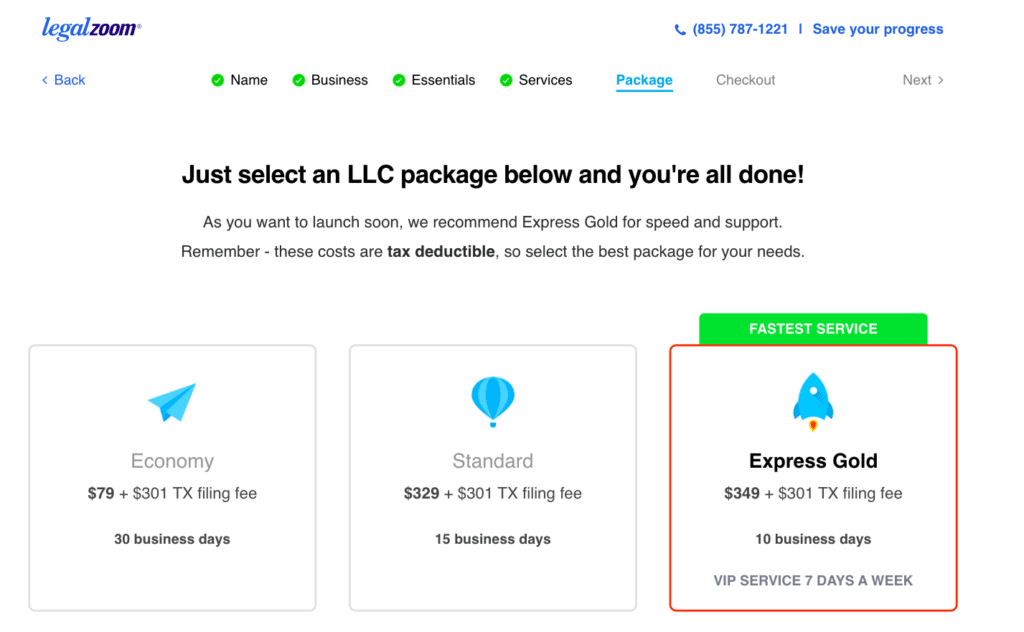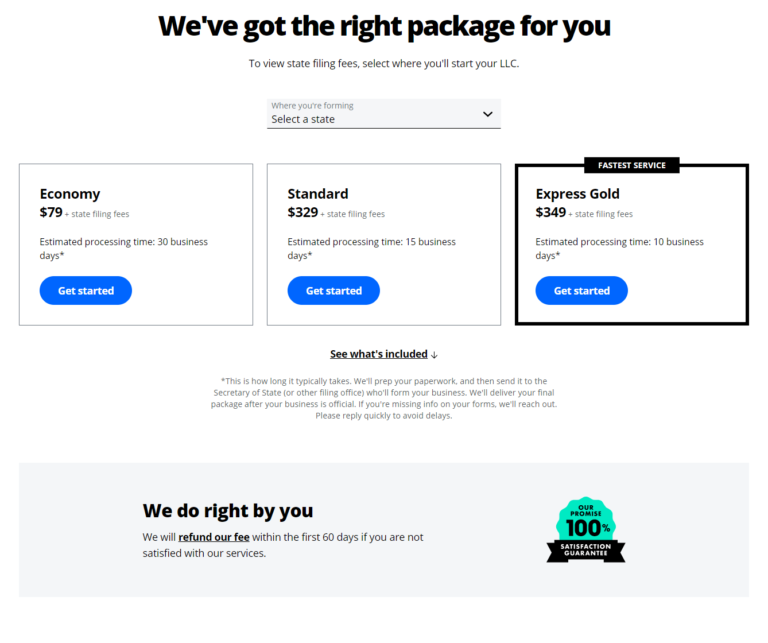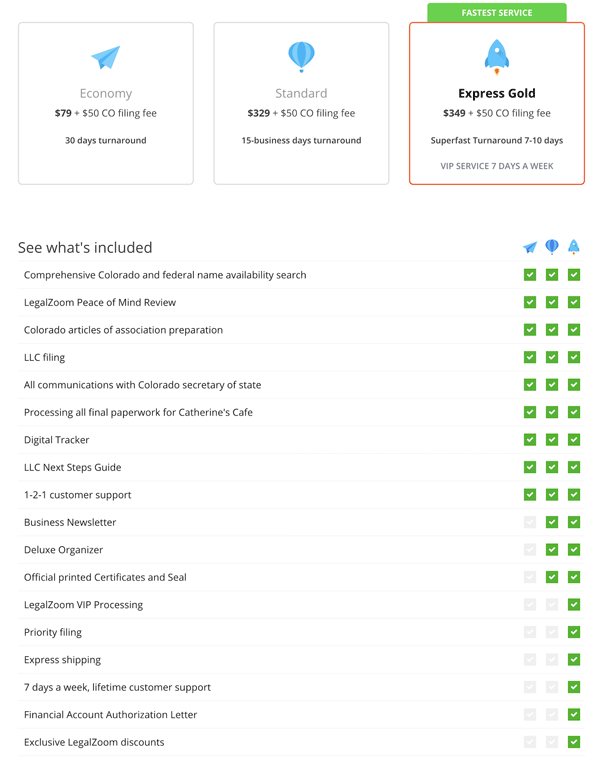
But you typically can’t leave money in the business to avoid paying self-employment taxes-that could cost you in fees and back taxes down the line. Not paying yourself could pass the “reasonable compensation” test if the business isn’t generating much revenue. If you’ve elected S-corp tax treatment, be careful about using this option. (The business doesn’t pay any separate tax on them.) Tax authorities treat LLCs by default as pass-through entities, so those profits are included in your income for tax purposes. You still have to pay income taxes on any profit the business generates, even if you don’t take a paycheck or distribution. You might do this if you want to put earnings back into the business instead of your pocket, or if you want to build savings within the business. The last option is to not give yourself a paycheck at all. It might make sense if you’re a shareholder in an LLC that you don’t actively work for and want to provide occasional services, but it isn’t a common approach if you own and operate your LLC. This approach could also be complex because you have to claim taxes as both the LLC owner and for your work as a contractor (as a sole proprietor or as the owner of a separate LLC). Instead of paying payroll taxes from your paycheck, you pay that same amount as self-employment tax when you pay quarterly taxes as an independent contractor. You typically don’t save money this way, though.
Legal zoom llc paypal full#
Paying yourself as a contractor means you forgo taking payroll taxes out of your paycheck, and your personal account receives your full pay as with any other contractor. You can technically pay yourself as an independent contractor instead of an employee of the business-but this isn’t always advantageous for most small businesses. Pay Yourself as a 1099 Independent Contractor If your business is your main source of income, you might instead pay yourself a salary as an employee and take an owner’s draw on additional profits. The drawback of using this as your main payment method is that you’ll pay self-employment taxes on all the money that comes into your business, instead of on only a designated salary. Money comes in, and you distribute it to your personal bank account.įor multimember LLCs, your operating agreement lays out how profits will be allocated and at what frequency.

The process can be more complex if you’re part of a multimember LLC, but for a single-member LLC, this pretty much looks similar to the way you’d pay yourself as a freelancer. This means passing business profits on to owners.

shareholder) can be paid through profit distributions or owner’s draws. Earn Profit DistributionsĪny LLC member (a.k.a. That’s a tax savings of around 15% on some of your income. The advantage is that you only pay FICA, Medicare and Social Security taxes (colloquially called “self-employment tax”) on the salary or wages you pay yourself, not on all business profits.

If you pay yourself this way, you can elect to be treated as an S-corporation for tax purposes. According to the IRS, you have to pay yourself “reasonable compensation.” The IRS doesn’t explicitly set an amount it just needs to be a typical amount someone doing your work gets paid. In this arrangement, you-and other owners who actively work in the business-are employees/owners, and you receive paychecks just as you would as an employee of someone else’s business.Īs long as your business brings in revenue consistent enough to cover your salary or wages, this can be a way to set yourself up with predictable pay for your household. Pay Yourself as a W-2 Employeeįor many LLC owners, the most advantageous way to receive payment is to treat yourself as an employee. Here are four main ways you can receive payments from your LLC.


 0 kommentar(er)
0 kommentar(er)
